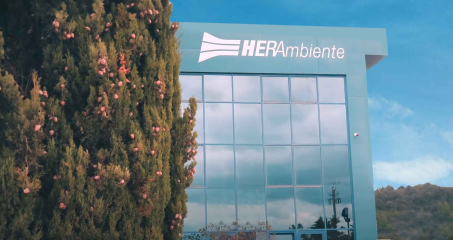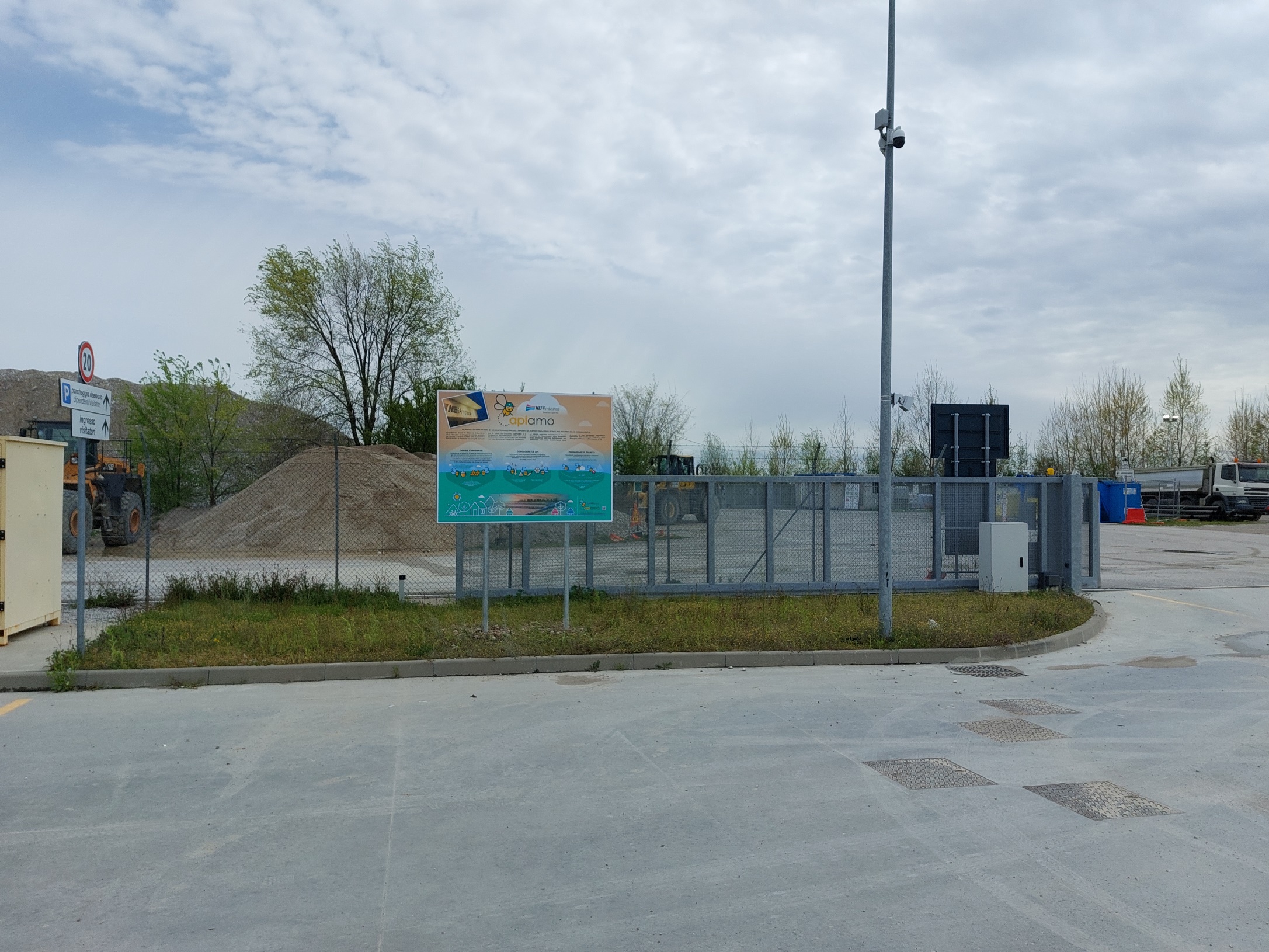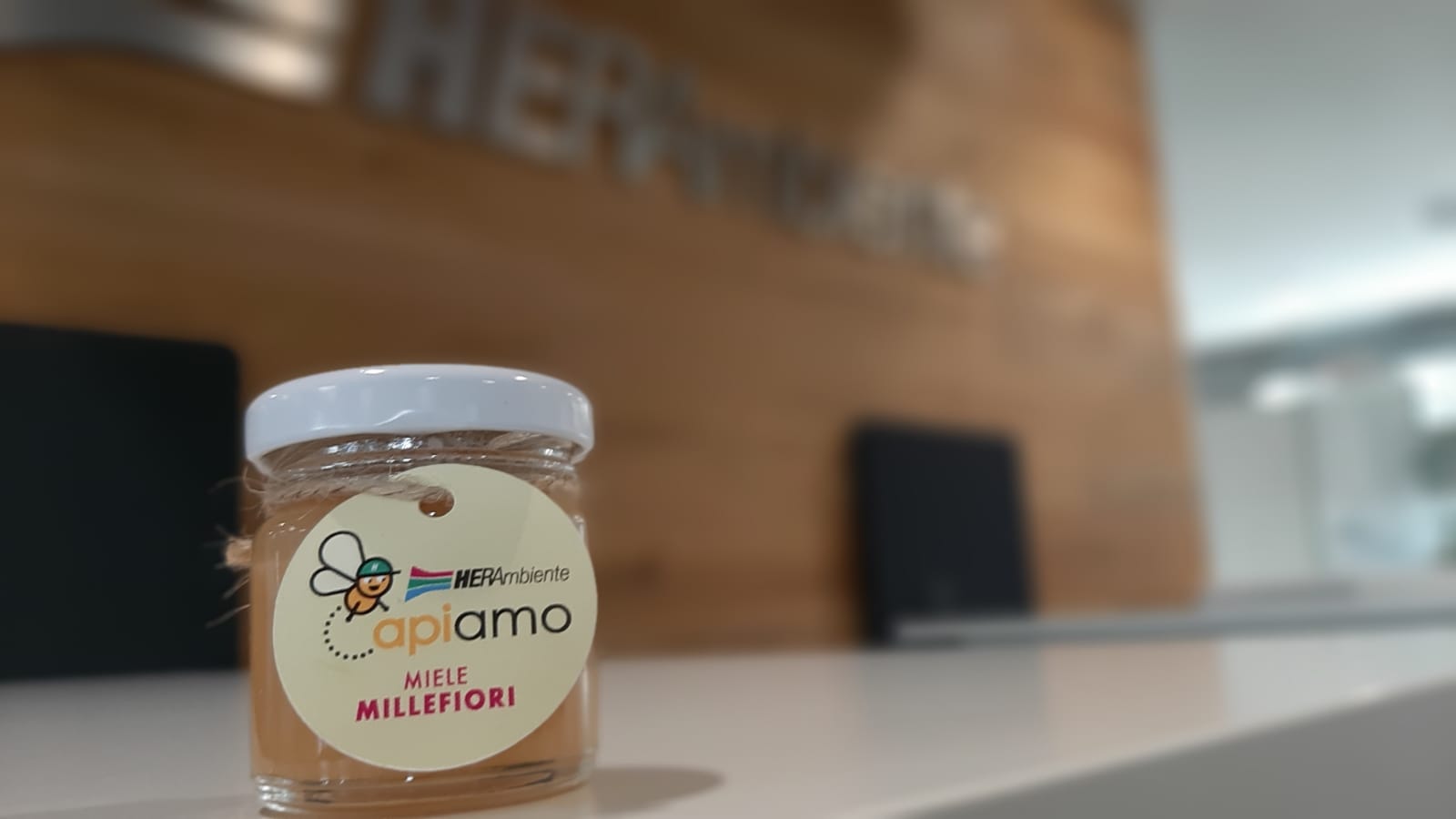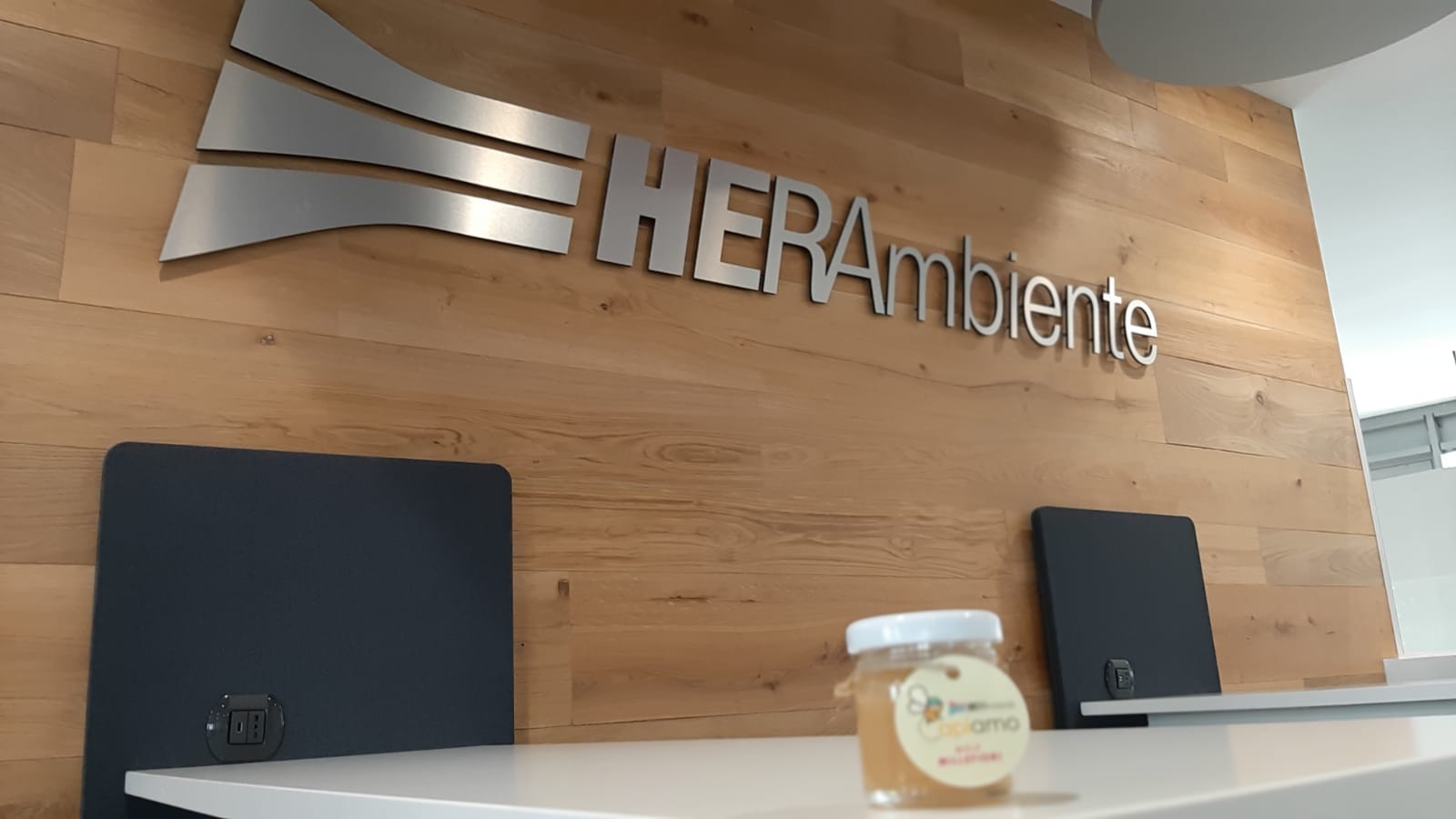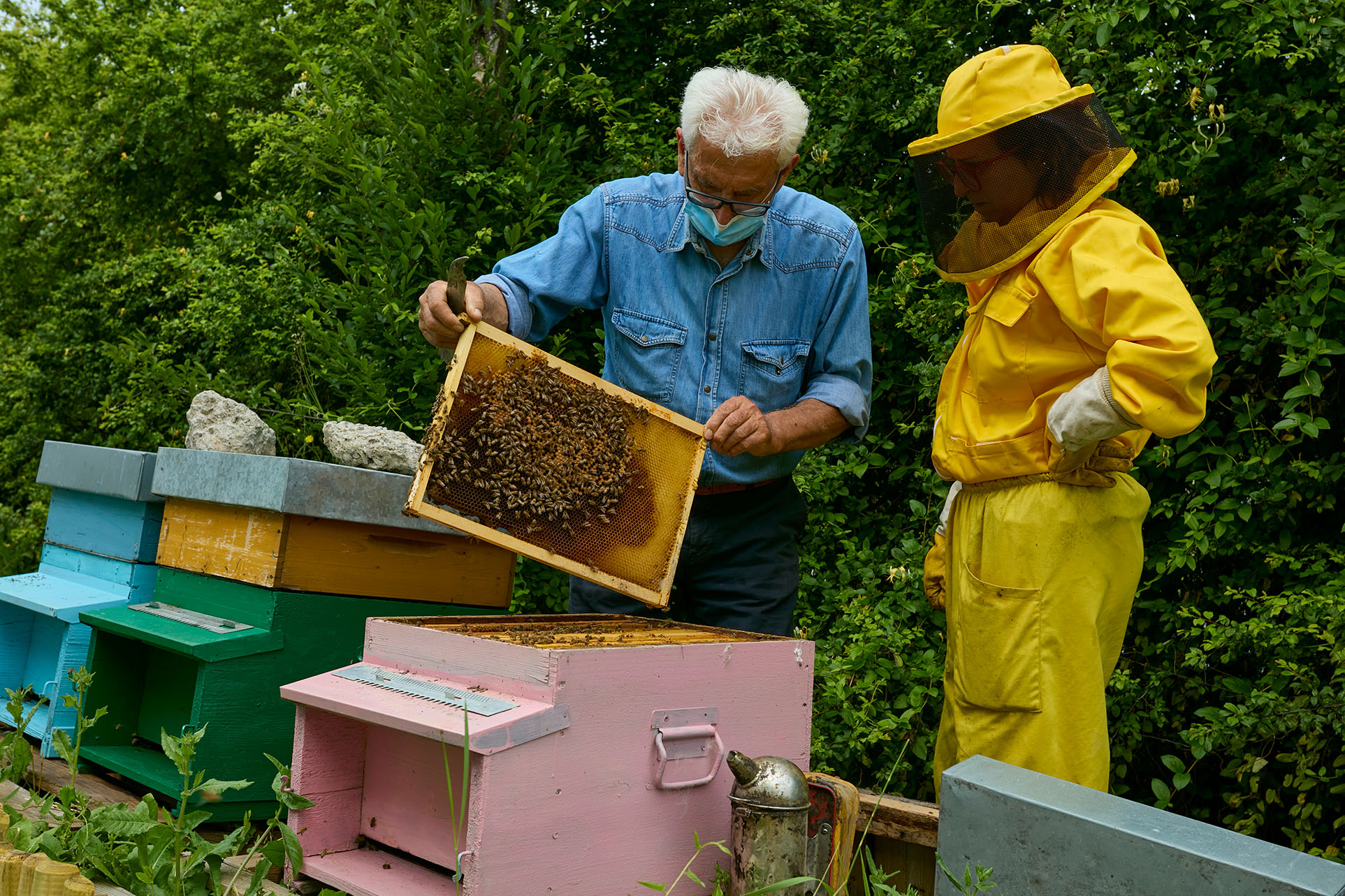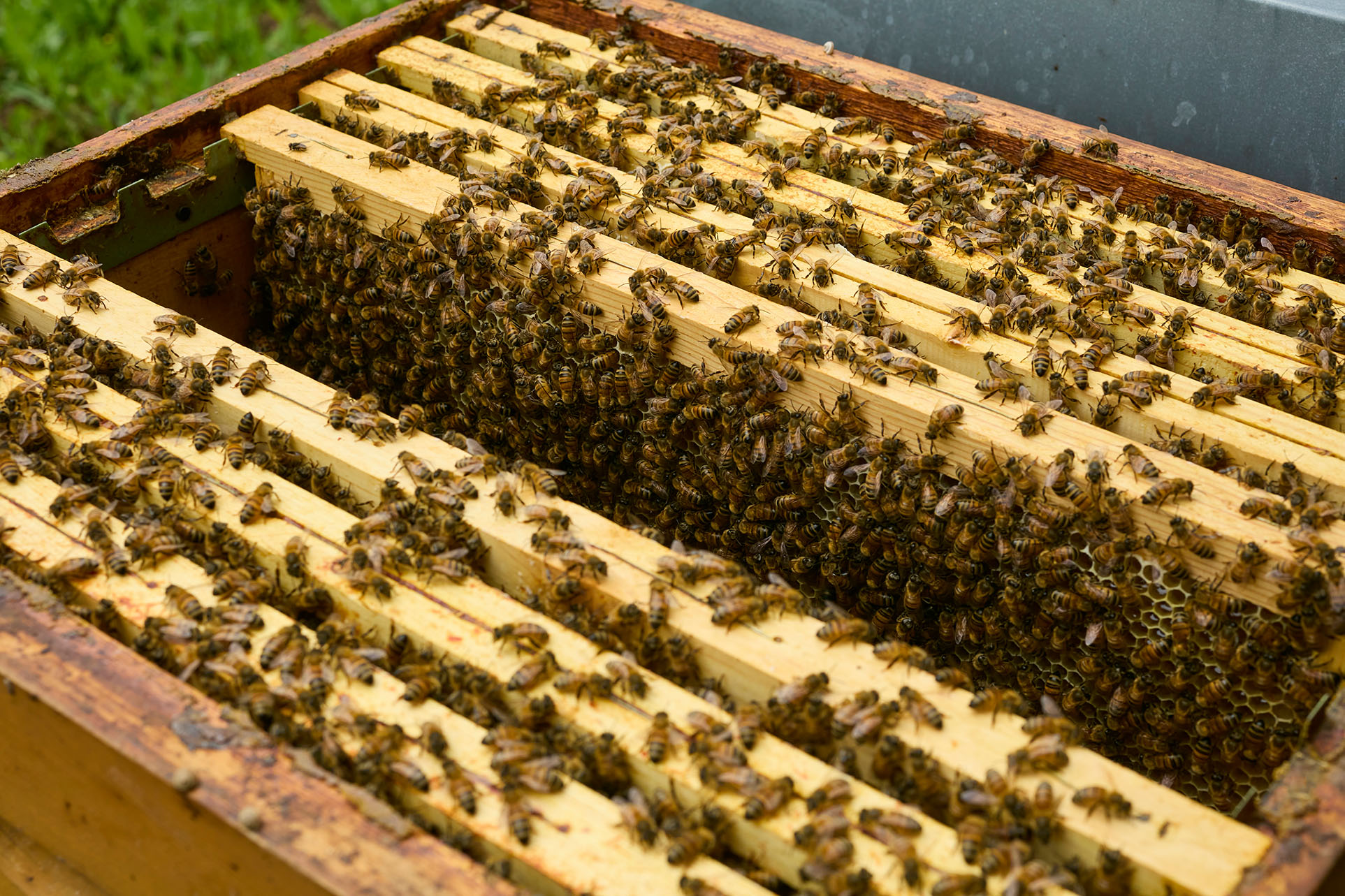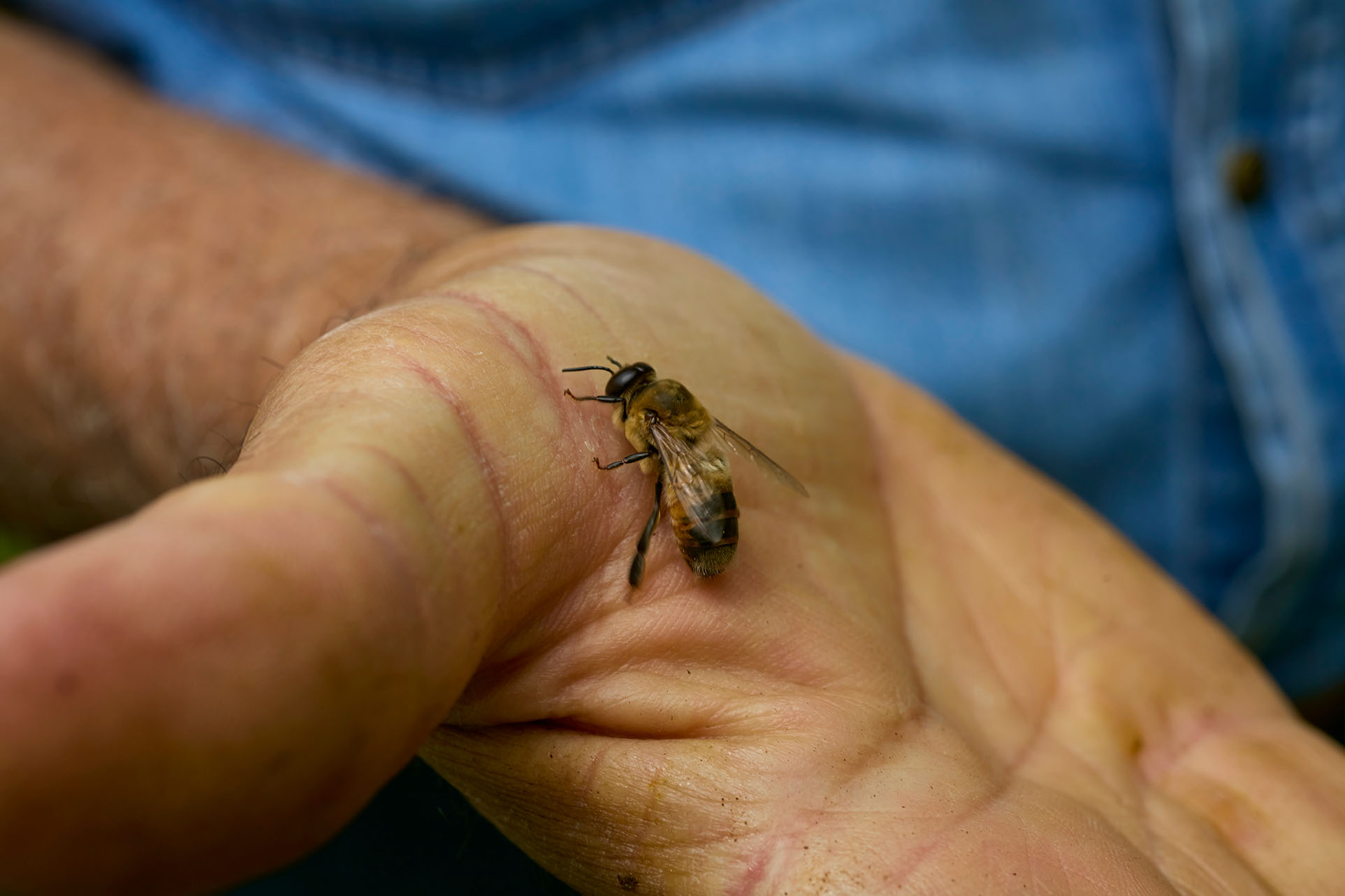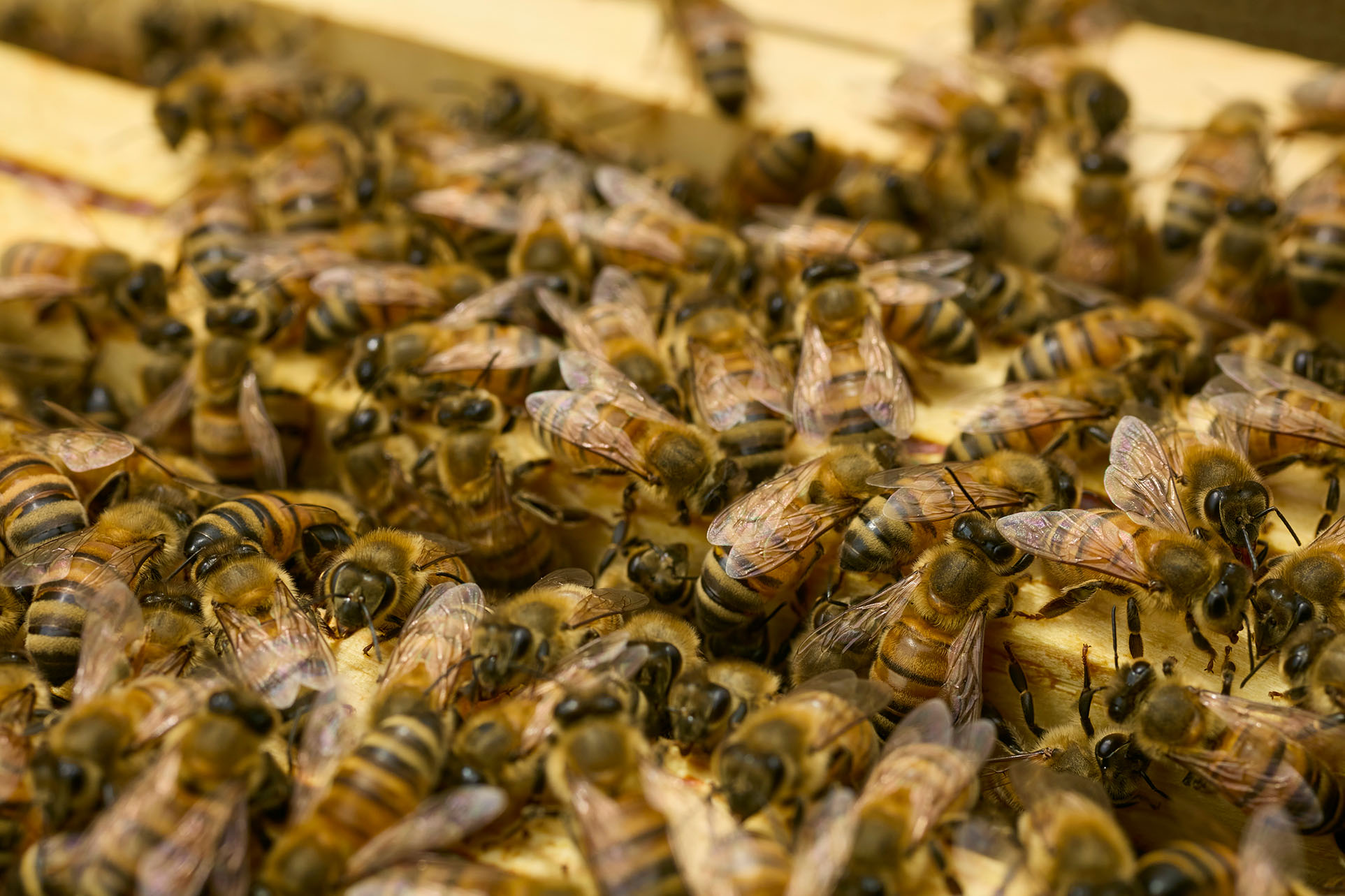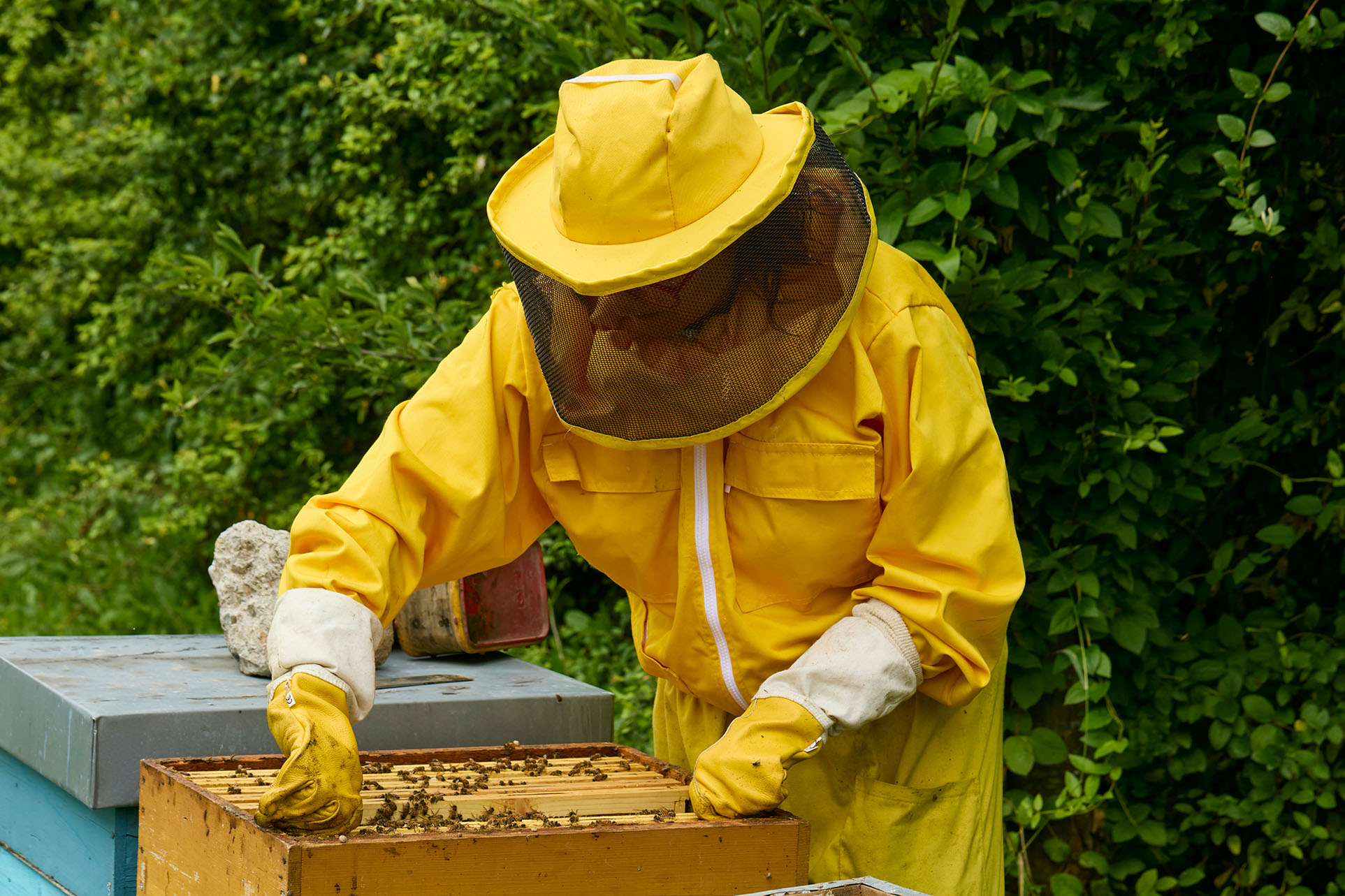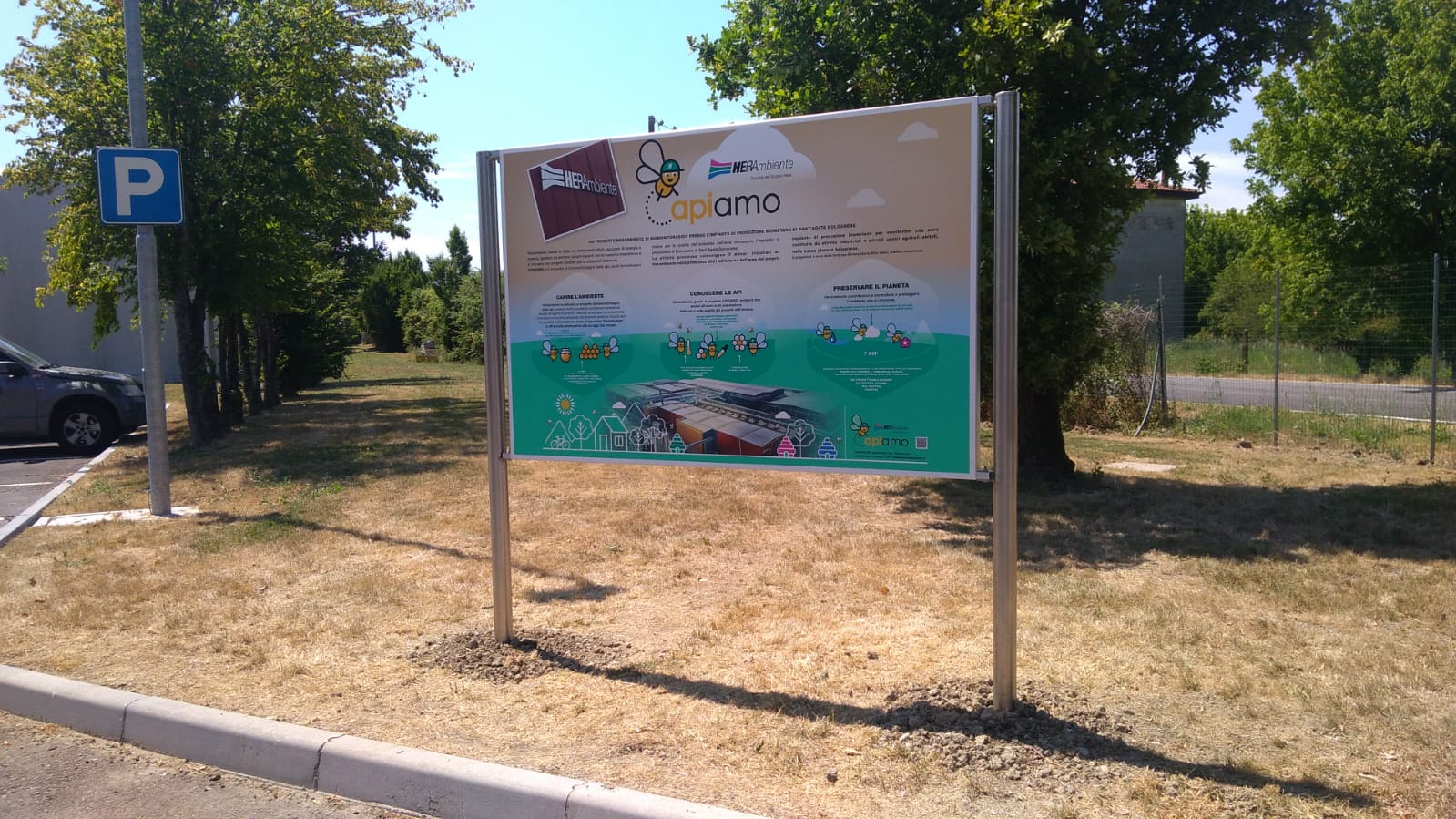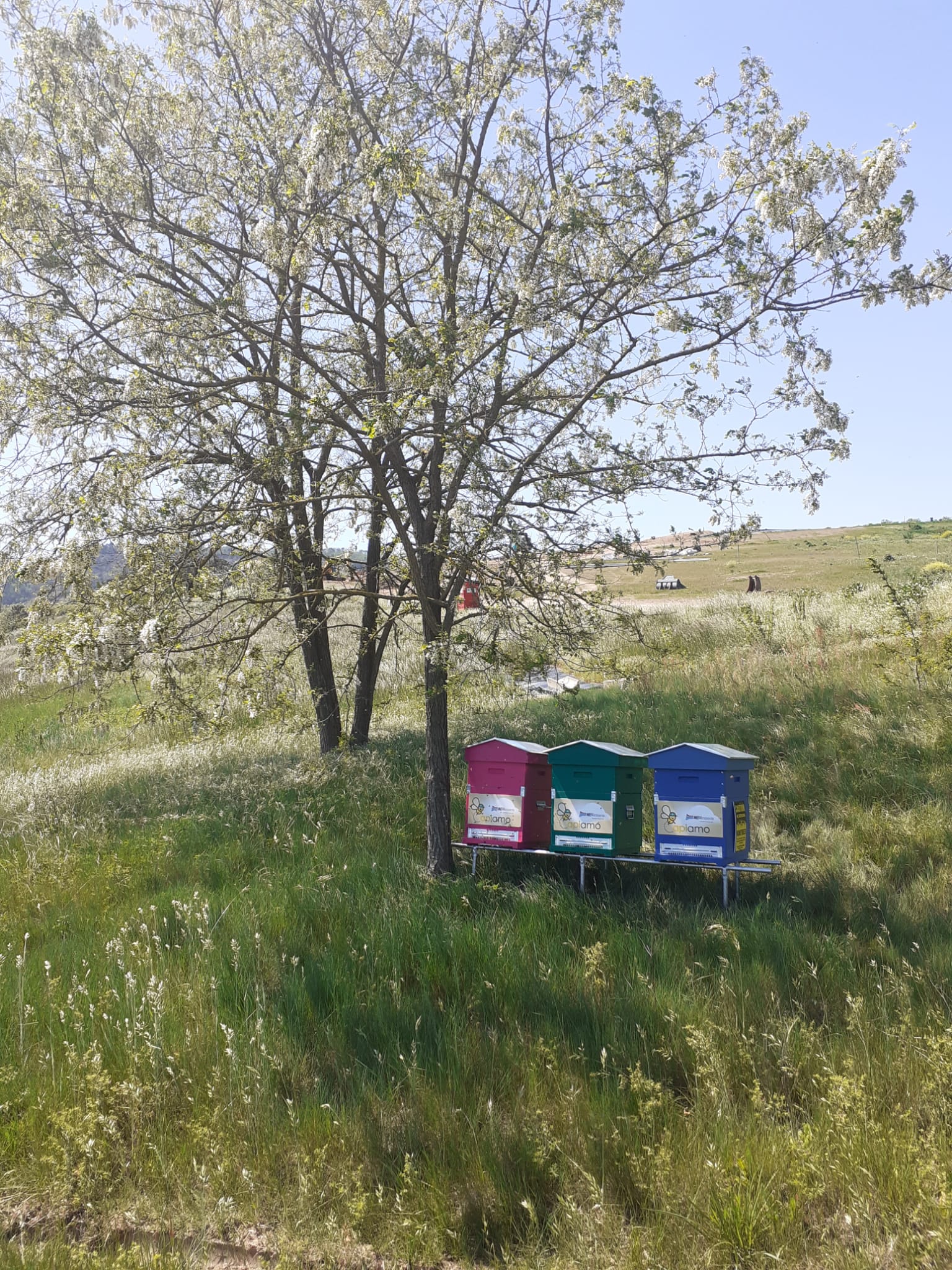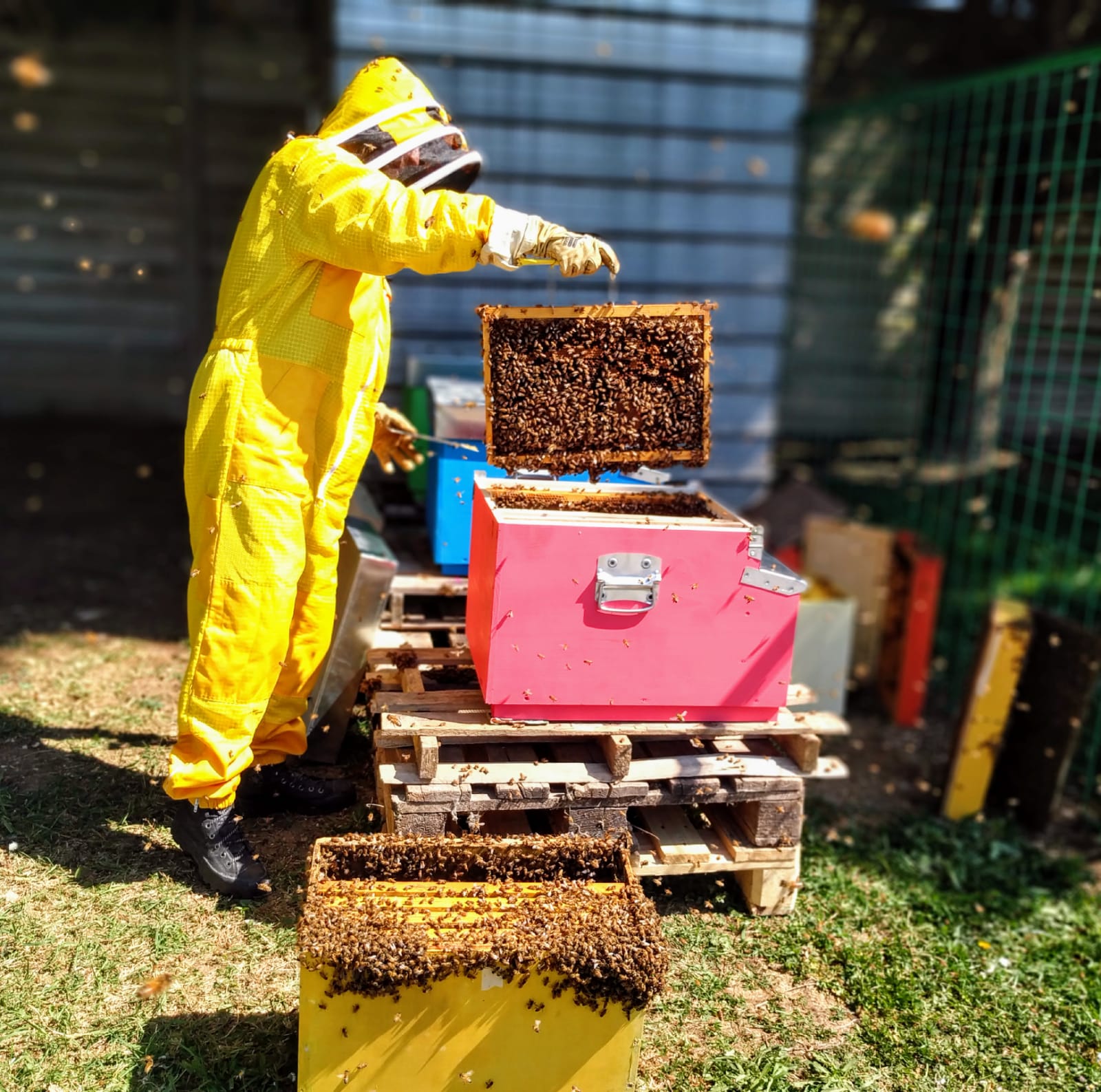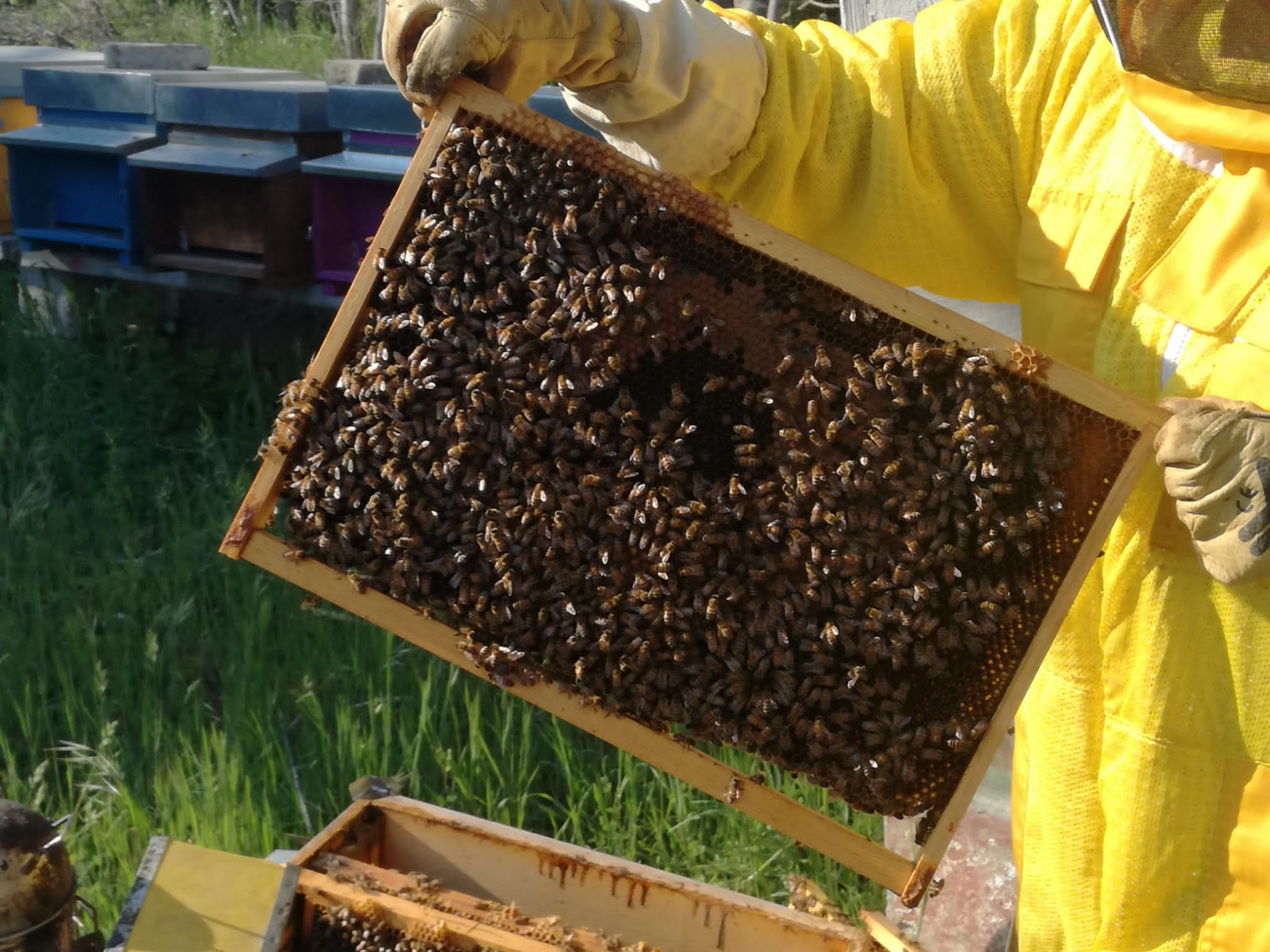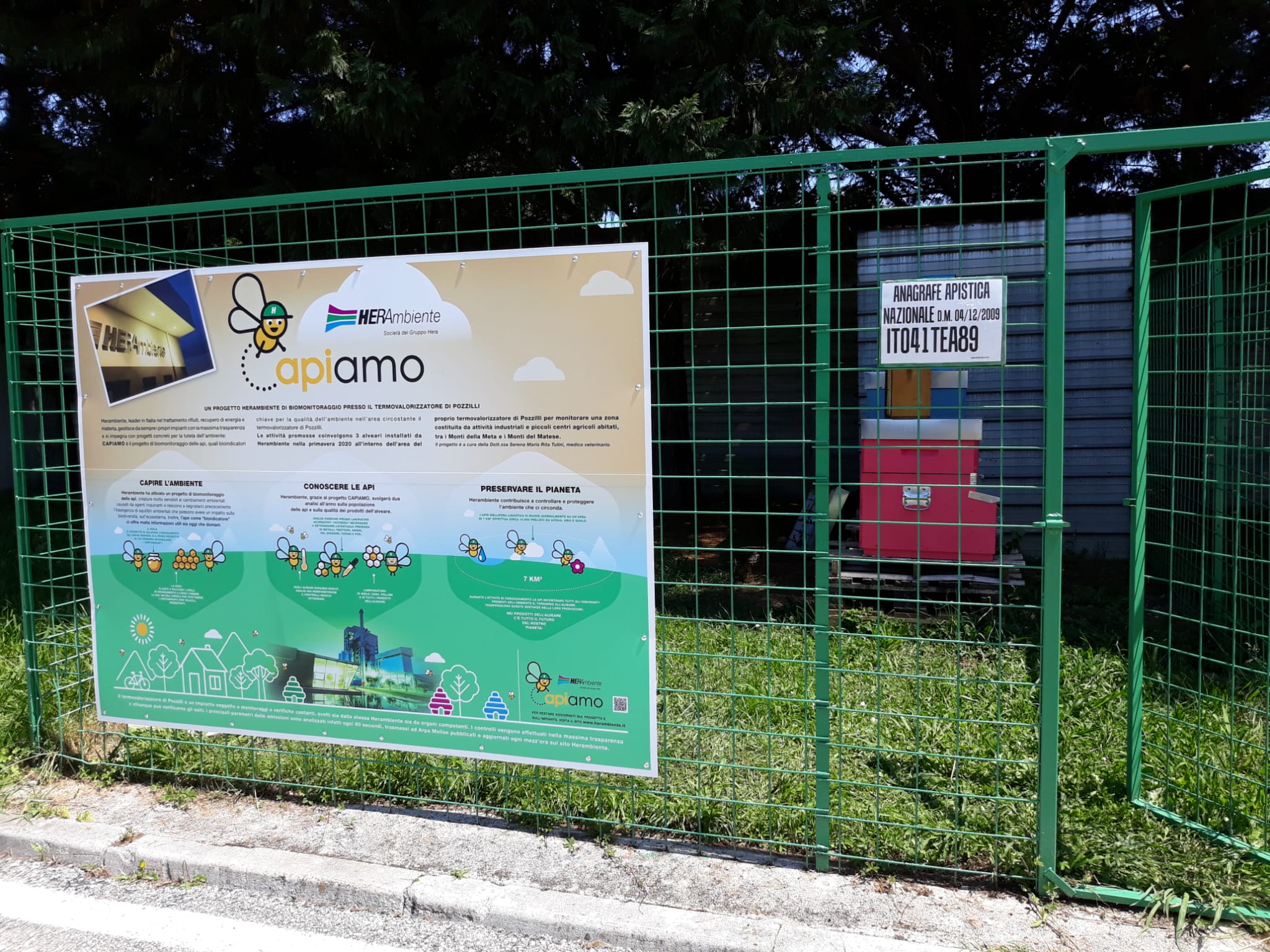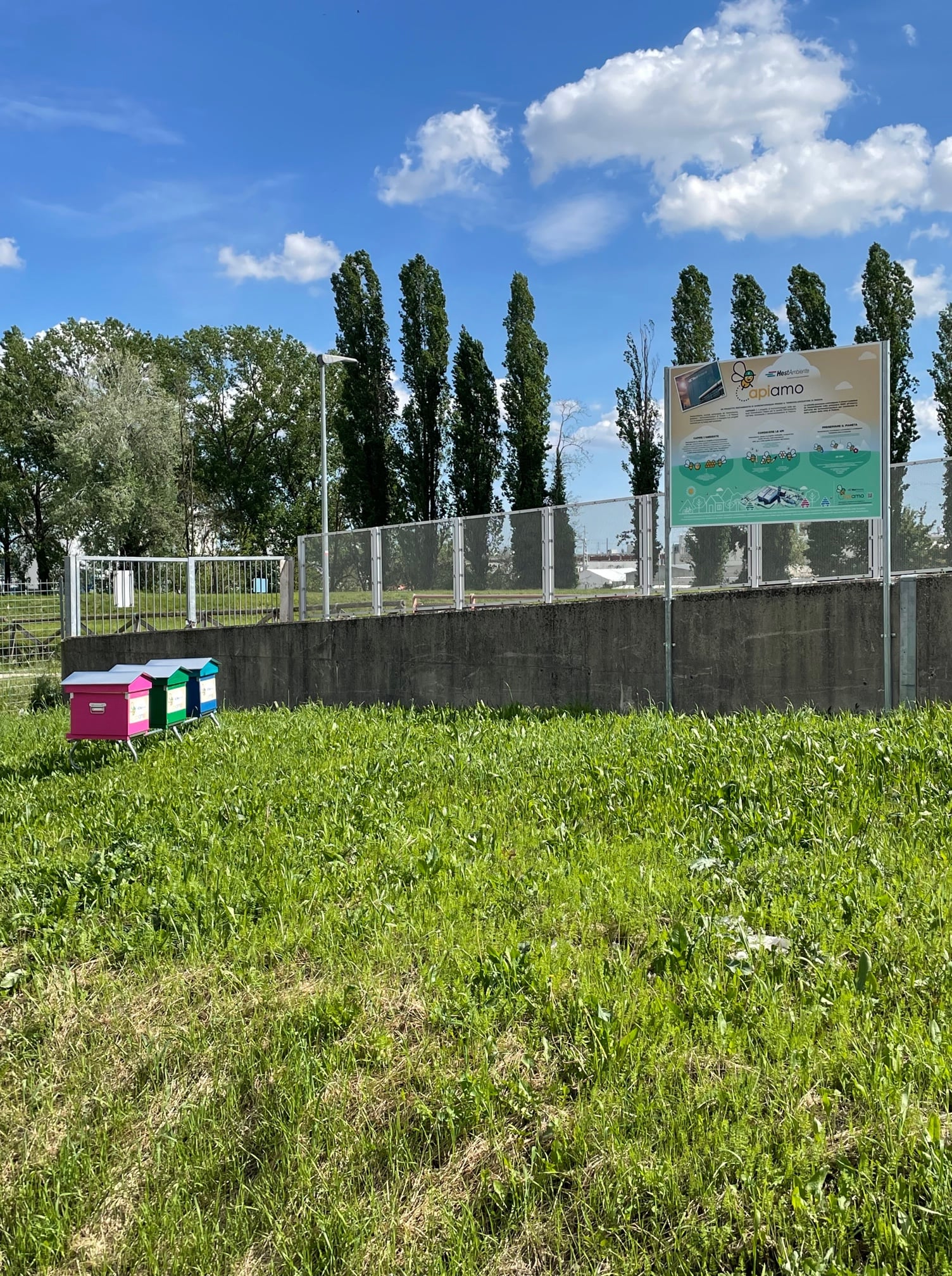We give value to our environment by monitoring our emissions
Making a contribution to the environment also means monitoring the impacts of your actions. At Herambiente we do this also by following innovative and unconventional approaches to analyse the environmental context in which our plant sites are located. A concrete example of this commitment is the Capiamo project, which allows us to make use of the contribution of bees to study the quality of the environment in the areas surrounding our plants.
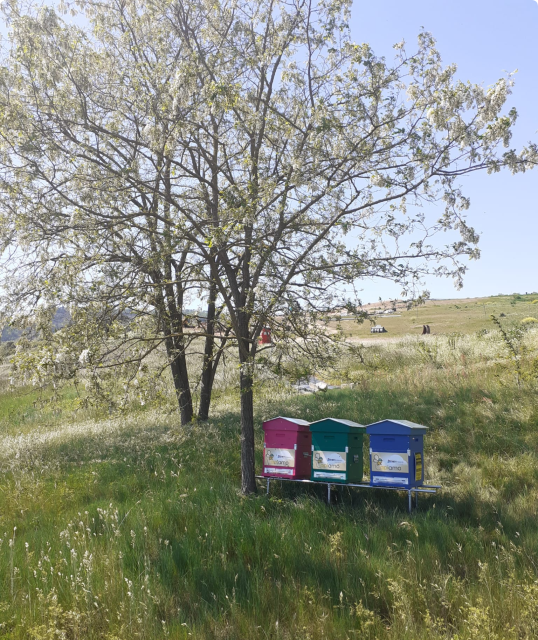
Biomonitoring: how it works
Biomonitoring is a tool with a wide range of applications in the field of environmental studies and allows the impact of pollution to be assessed using so-called bioindicators, i.e. animal or plant species capable of detecting the onset of imbalances that are dangerous to biodiversity and human health.
The Capiamo project involves monitoring the health of bees at our plants. The project started in 2019, at the Pozzilli (IS) waste-to-energy plant, as a voluntary and supplementary monitoring to those already included in the permit. Herambiente then decided to continue and extend its study activities with a BaaS Project "Bees as a Service.

We manage our plants with maximum transparency and safety, which is why we decided to launch an unconventional project, which allows us to monitor the environment by giving us concrete data so that we can improve our environmental performance for the benefit of the environment and all the people who live there.
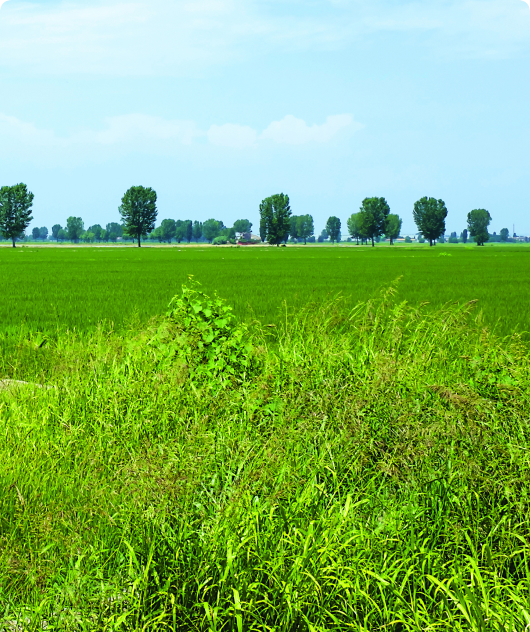
Bees as guardians of the environment

Bees are very sensitive creatures to environmental changes caused by pollutants and are able to warn early of the onset of imbalances that are dangerous to biodiversity, the ecosystem, and human health.In addition, the bee as a bioindicator offers a lot of useful information in both the short and long term: honey, in fact, allows us to assess pollution in the short term, as it is the first product in which contaminants can accumulate; wax, on the other hand, allows us to assess pollution levels in the long term, as due to its lipidic nature it can absorb and retain nonvolatile, lipophilic and persistent contaminants.
The information obtained makes it possible to know and quantify the possible effects of anthropogenic impact on the environment.
To monitor the quality of the environment, with the CAPIAMO project, 2 analyses are conducted on each facility per year on bee population and hive product quality.
Periodic checks are also carried out on the hives to verify the health and productivity of bees, limit swarming, place and remove honeycombs, and sample honey and other hive products. These are subjected to chemical analysis at Accredia-accredited laboratories: metal, pesticide and PAH analyses are performed here. In addition, at the Pozzilli and Padua plants, also dioxins, furans and PCBs.
Herambiente helps to monitor and protect the surrounding environment. Bees, in the course of their daily migrations, are exposed to all chemical pollutants potentially present in the matrices with which they come into contact locally. The Apis mellifera, in fact, moves daily over an area of 28 km² and in its territory takes about 18,000,000 samples from the environmental matrices it encounters (water, air, soil). Returning to the hive, it transfers these substances into its own products: honey, propolis, wax, pollen and royal jelly...that's why in the products of the hive lies the entire future of our planet!

All the studies carried out so far, the last of which lasted two years concerning air quality monitoring, demonstrate with scientific evidence that the plant is safe and controlled, such that it does not produce any harm to air and environmental quality. The project is a further guarantee for the benefit and protection of the community and the area that host the plant.

At the end of the second year of implementation of the Capiamo project, the set of investigations carried out showed the complete absence of contributions, by the plant, to the quality status of the surrounding environment.

The analyses conducted in 2022 and 2023 provided valuable insights into the environmental health status of the area investigated. The results were very positive, bees showed healthy populations and demonstrated strong pollination behavior. At the end of the Capiamo project's implementation, the totality of the investigations carried out showed the complete absence of contributions, made by the plant, to the quality status of the surrounding environment
The analyses conducted in 2023 and 2024 provided valuable insights into the environmental health status of the area investigated. The results were very positive, bees showed healthy populations and demonstrated strong pollination behavior. At the end of the Capiamo project's implementation, the totality of the investigations carried out showed the complete absence of contributions, made by the plant, to the quality status of the surrounding environment.
The analyses conducted in 2023 and 2024 provided valuable insights into the environmental health status of the area investigated. The results were very positive, bees showed healthy populations and demonstrated strong pollination behavior. At the end of the Capiamo project's implementation, the totality of the investigations carried out showed the complete absence of contributions, made by the plant, to the quality status of the surrounding environment.
Project in operation from 2023 to 2024 with Apicoltura Urbana.
The analysis conducted in 2024 provided valuable insights into the environmental health status of the area investigated. The results were very positive, bees showed healthy populations and demonstrated strong pollination behavior. At the end of the first year of the Capiamo project's implementation, the totality of the investigations carried out showed the complete absence of contributions, made by the plant, to the quality status of the surrounding environment.
Final results will be available in 2026

